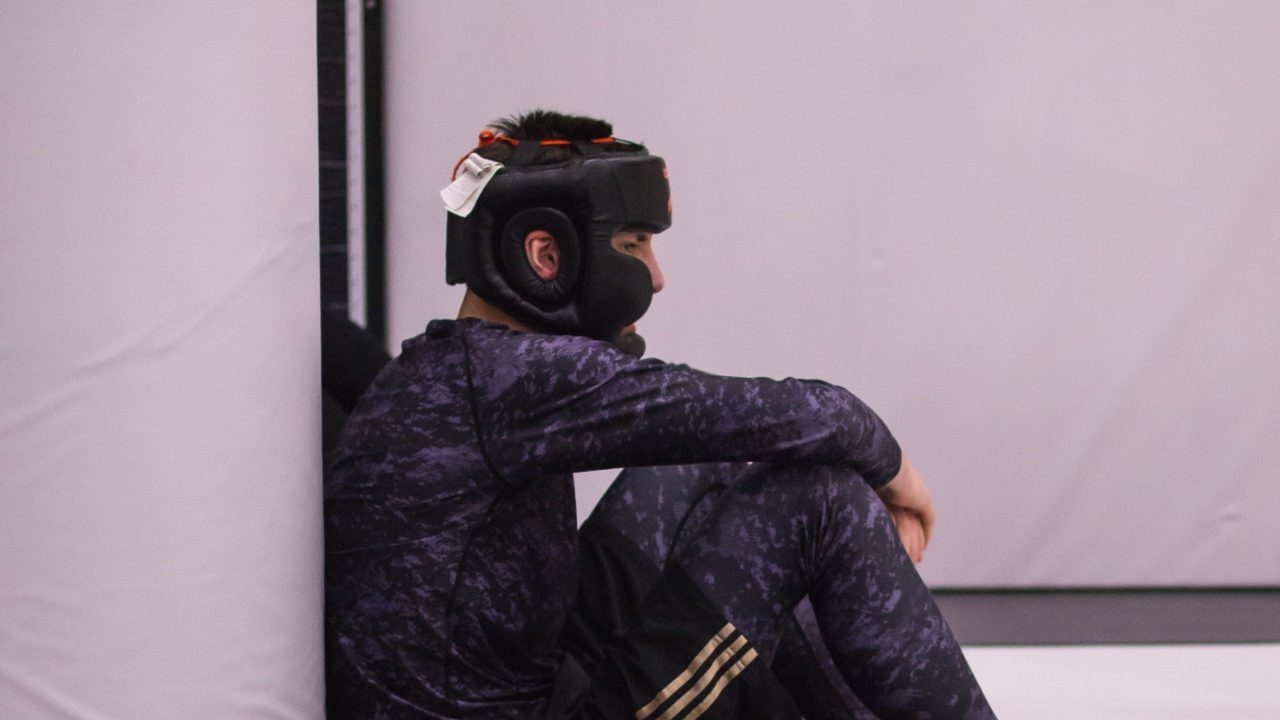Steroids have plenty of word associations linked to them. Cheaters. Bodybuilders. Muscles. Aggression. Bad skin. They were invented to help people who didn’t have enough testosterone. They are there to help and science is catching up. A paper in the Journal of Clinical Investigation found they can also help recovery in muscle injuries and stimulate muscle repair. No surprises for anyone who knows what these drugs can do. But why is there this disconnect and how would they help someone? We called in the expertise of Dr. Mike, a chiropractor influencer and CEO of MoveU to help us understand.
The old way
Not everyone fears steroids because while they can be bad, they can also be very helpful when used correctly and under supervision. “If I could legally prescribe testosterone supplements in conjunction with training exercises I would do it,” explains Dr. Mike. To illustrate why, let’s take the example of a disk herniation. This is super common and is often attributed to bad deadlift form. For this injury, there is a common presentation. Their pelvis is in the posterior pelvic tilt. They have very little hip hinge. They can’t properly use their glutes. They’re relying on lower back flexion and extension to cover up their inability to hip hinge up and down with their glutes. In this case, with proper training technique, it may take that person as long as six months to a year to learn the correct movement patterns as well as to strengthen their muscles to support them.” Doing this would leave them without pain and not needing to go under the surgeon’s knife. It’s been a long time.
A new way
Now that you know the common rehabilitation path, how could this be done differently and faster? “With properly dosed testosterone, this can get reduced to 2-3 months,” predicts Dr. Mike. “This is only as long as proper technique is being used and it is enhanced with protein. You are going to recover way faster. There are some negative side effects to these testosterone supplements that may make this option a hard no for some people. However, for a fastest recovery possible this is the way. There is a big but involved. If you add testosterone and move like shit, then you’re going to strengthen the muscles that are already over strengthened. This will make the situation and injury worse and bury yourself deeper in the hole.” Scary stuff, but if it’s done right, it could spare you from the surgeon’s knife.
Why the resistance
Sure, there’s a risk. A big one, but surely someone would be willing to take it on if they were in pain thanks to a bad back. “Here’s why this strategy isn’t prescribed,” explains Dr. Mike. “The new forms of medical community believe in quantum physics. This means they think anything is possible. The medical profession as it currently stands is one of the oldest in the world. They work on Newton physics. They believe that if you’re in pain, the body must be broken. Then the surgeon must fix it. Surgery is through pain management. They don’t have an understanding about how imbalances in the body can contribute to compromised structural integrity of the spine, the discs, the joints and how that can be reversed without surgery. They don’t understand that. This means they wouldn’t prescribe such a thing. It would take a chiropractor or physical therapist with knowledge to prescribe those supplements that they can’t legally prescribe. It’s a mixed match. The people who can prescribe it don’t think it’s possible. The people who do think it’s possible can’t prescribe it.”
If you get told that the surgeon’s knife is the only way to fix your bum back, don’t take that gospel. Steroids may not be the answer, but they do offer a window to a world where your injury could be healed by many other methods. Think creatively. Get a second opinion. You always have other options.






